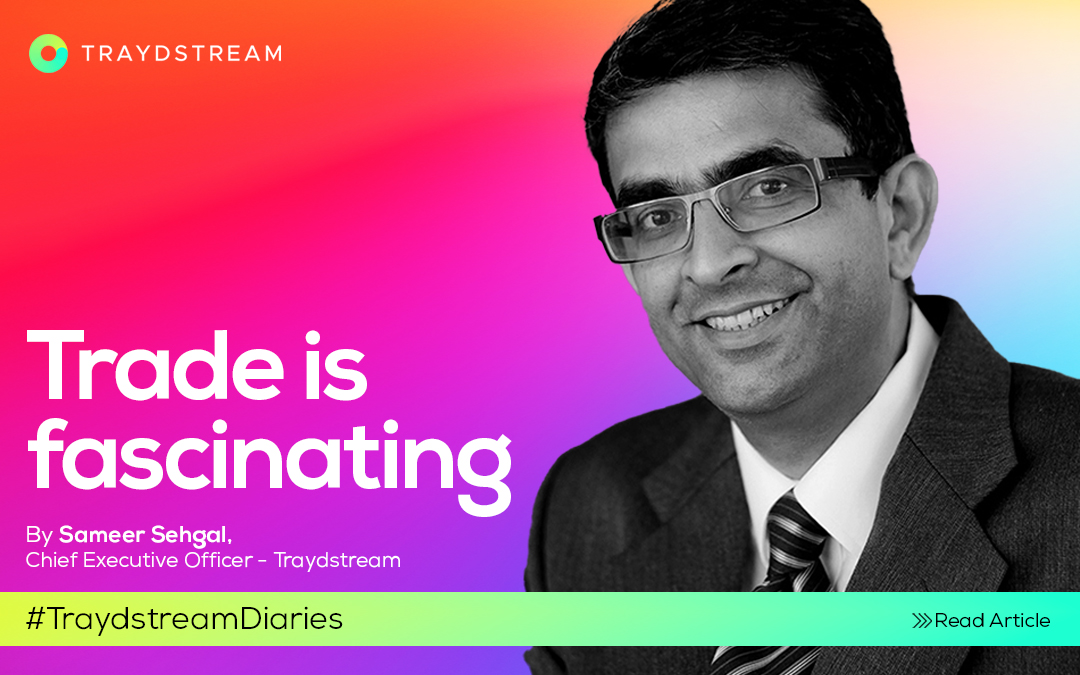
Trade Finance is a fascinating field where you feel you are constantly learning.
With its myriad of rules and regulations, it can take a life-time to learn and even then, there are so many things to always learn due to its vastness and flexibility.
It allows all players to script their own text and usage. However, the same ease of use, adds to the complexity, since trade abounds in being unstructured and non-standardised.
The permutations of how many different documents can be presented in different texts, language, fonts, format, content can run into several trillion. In a world of more than 200 countries imagine the number of actors in a transaction! Thousands of banks, tens of thousands of corporates and millions of SME’s are trading with each other, not to mention thousands of ports, tens of thousands of freight forwarders, hundreds of insurance and inspection companies!
The challenge thereon to automate this diversity is no trivial matter!
To crack a seeming unsurmountable problem requires both will, skill & technology. In some areas, technology tools are in their infancy that requires fine tuning finessing, and training with thousands of hours of effort, trial and error and experimentation.
OCR for example is a technology that’s been around for decades. But it has never been tested and deployed at such a grand scale as we do at Traydstream. To accurately extract all 250+ unique data elements, irrespective of font, paper quality each and every time takes meticulous planning, designing and implementation.
It’s almost the same with the Machine learning that sits behind the array of rules, regulations that form our decisioning engine – ‘the brain’. Through years of effort, the thinking part of our platform can now discern discrepancies in a dispassionate and sensible manner in the matter of seconds. It’s a fabulous augmentation to the operators own knowledge base and experience. As we tinker with the various back end and front-end components, one goes through all the engineering variables – load test versus costings, automated horizontal versus vertical scaling, bandwidth and latency, stability versus speed etc, all of which our engineering teams work daily to calibrate, fine tune and optimize.
Where’s all this headed to? We believe we can get to digital straight through trade processing, in a safe, scalable, stable and secure manner. It’s now a ‘when’ question not a ‘if’. With every passing deal, with every document we handle and as the learning models evolve, we can see a way to achieving that objective. And as we get closer and closer to this nirvana state, we can dream of far reaching benefits on how logistics, insurance and other ancillary products around the trade flow get disbursed and sold. The future is breathtakingly exciting…

